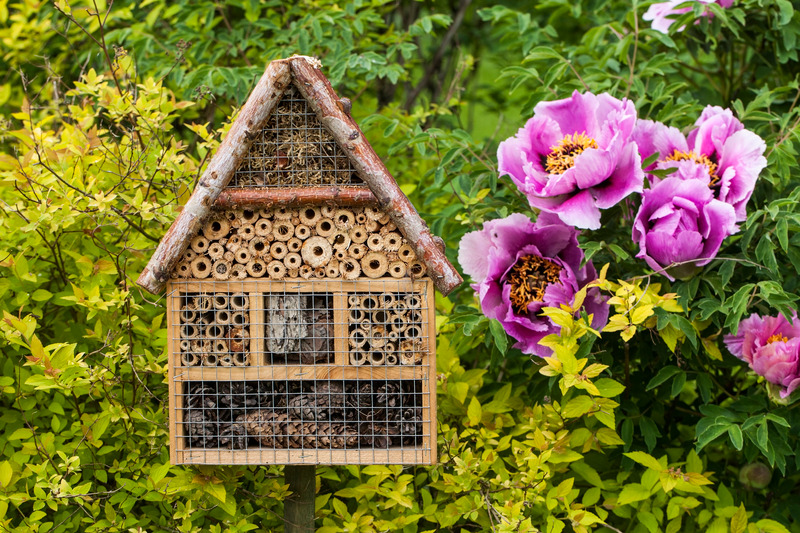21
Jun
Get Active in Your Community to Protect Declining Pollinators

(Beyond Pesticides, June 21, 2019) As Pollinator Week 2019 comes to a close, Beyond Pesticides is encouraging individuals to take steps in their backyard and community to Bee Protective of pollinator populations. The situation for pollinators and the insect word is dire, but there are a range of activities that can be taken in both the short and long term to shore up populations where you live. If you’re working towards positive change on pollinators, or simply want to know more about how to get involved, join the Pollinator Week #ProtectPollinators twitter chat today at 12 noon ET.
ManageSafe
Pest problems are a part of everyday life. But the first step in addressing them should never be reaching for a hazardous pesticide. To protect you and your family from pests while also protecting pollinators visit Beyond Pesticides Managesafe website. Start by selecting the location of your pest problem – whether indoors or out, and click through to choose the pest in question. If the pest problem you’re dealing with isn’t listed there, reach out to Beyond Pesticides at [email protected] for one on one assistance.
One of the biggest impacts we can make for the health of pollinators is to forgo the use of systemic insecticides in favor non-toxic and least toxic practices. Even after the European Union banned systemic neonicotinoids, studies found that pesticide use in suburban areas posed a high risk environment for pollinators. So rest assured, your extra efforts in seeking out safer pest management options will make a big difference in protecting bees and other pollinators.
Grow a Pollinator-Friendly Garden
Pollinators need diverse sources of pollen and nectar in order to maintain hive strength. Of course it’s also important that these sources be free of pollinator-toxic chemicals. For ideas on what you can plant to attract pollinators in your region of the country, see the Bee Protective Habitat Guide. And for sources of seeds and starts that aren’t pre-treated with toxic pesticides, see the Pollinator-Friendly Seed and Nursery Directory. And now, if you’re in the state of Minnesota, a bill recently signed by Governor Walz will reimburse homeowners up to 75% of the cost of converting a grass lawn to a diverse, flowering pollinator habitat.
Become a Backyard Beekeeper
If you’ve got a pesticide-free yard and garden, and the space to do it, consider taking the next step and becoming a backyard beekeeper. If you’re overwhelmed by the idea, consider partnering with a local beekeeper and hiring them to maintain your hive, either long term or until you’re comfortable with caretaking. You can also connect with national or state beekeeping organizations. See here for resources that cover most areas of the country. Some states have incentive programs in place to help upstart beekeepers. In Virginia, the Beehive Distribution Program will provide beehive equipment directly to eligible beekeepers (and begins accepting applications July 1, 2019).
Get Active in Your Community
Protecting pollinators in your home is a great step –and as you get more and more neighbors you to follow your lead, the benefits to pollinators and the environment will grow exponentially. Take it from the City of Amsterdam. An analysis of the City’s pollinator survey found that after the implementation of initiatives banning bee-toxic pesticides and planting native, pollinator-friendly flowers, at a time when insect populations are declining across the globe, the City saw an increase of 21 different bee species. These bees were not recorded in counts as recent as 1998, indicating that it is possible to grow and expand pollinator populations within a relatively short period of time.
For assistance in getting active in the protection of pollinators, reach out to Beyond Pesticides at 202-543-5450 or [email protected]. Thank you to all who are working to protect pollinators during this special week.










